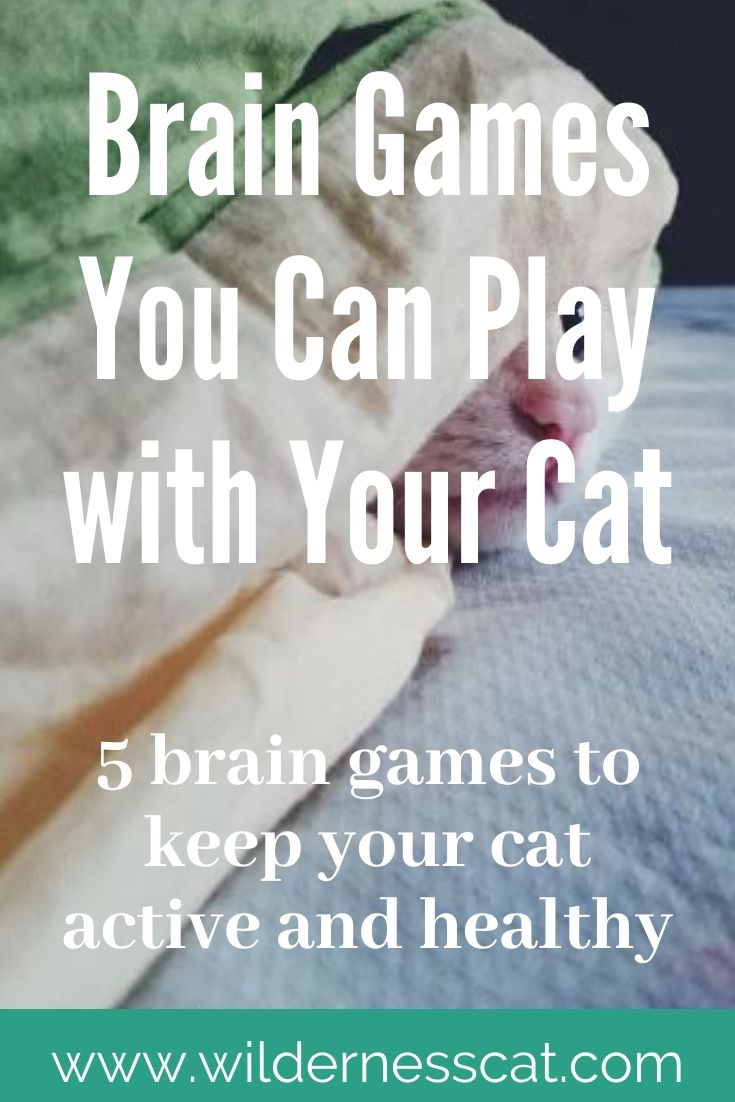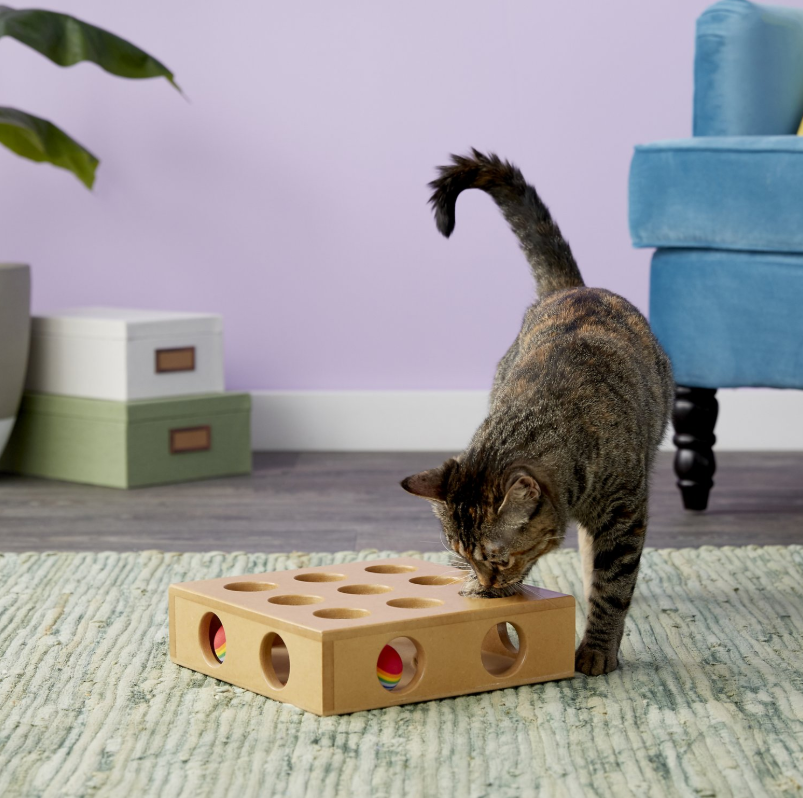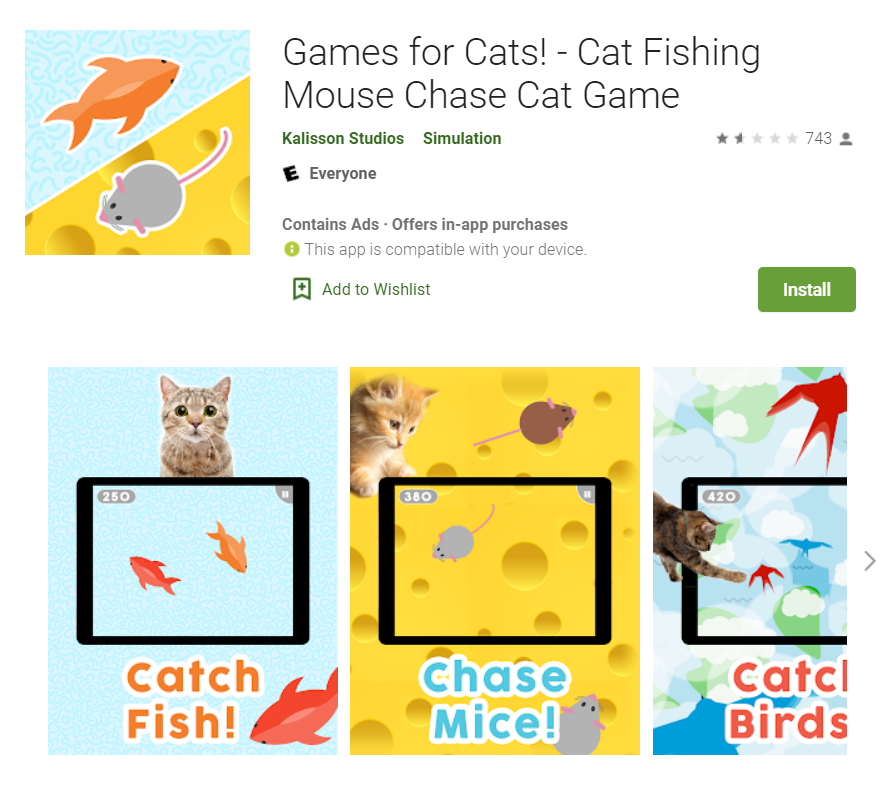5 Brain Games You Can Play with Your Cat
Last Updated on
Five Brain Games You Can Play With Your Cat Today
Playing with your cat is essential in keeping them mentally stimulated and happy. You’ll find that if your cat isn’t stimulated, that she will get bored and start to feel lonely.
Signs that your cat might be bored include over or under eating, sleeping for longer than usual, destructive behaviors and over-grooming.
Editor’s Note: These behaviors can also point to illness or injury. Before you assume that boredom is to blame, consider visiting the veterinarian to rule out any illnesses.
Ideally, you should be playing with your cat and making sure that their environment is enriching for them right from the start of their lives to prevent any of these issues from occurring.
You don’t have to spend a fortune to keep your cat busy with different games and toys. Lots of these brain games can be played using things that you have in your home anyway.
Brain Game for Cats Number 1: Box Fun

There are plenty of games that you can make with a simple box.
Try cutting lots of small holes on three or four different sides of a cardboard box, and then fill the box with small treats.
Once you’ve filled the box, call your cat’s name.
The aim of the game for your cat will be to use her paw to flip the box around and try to get the treats out.
You could also try cutting flaps out of the box which will encourage her to push them open in order to get the food out.
Brain Game for Cats Number 2: Fetch
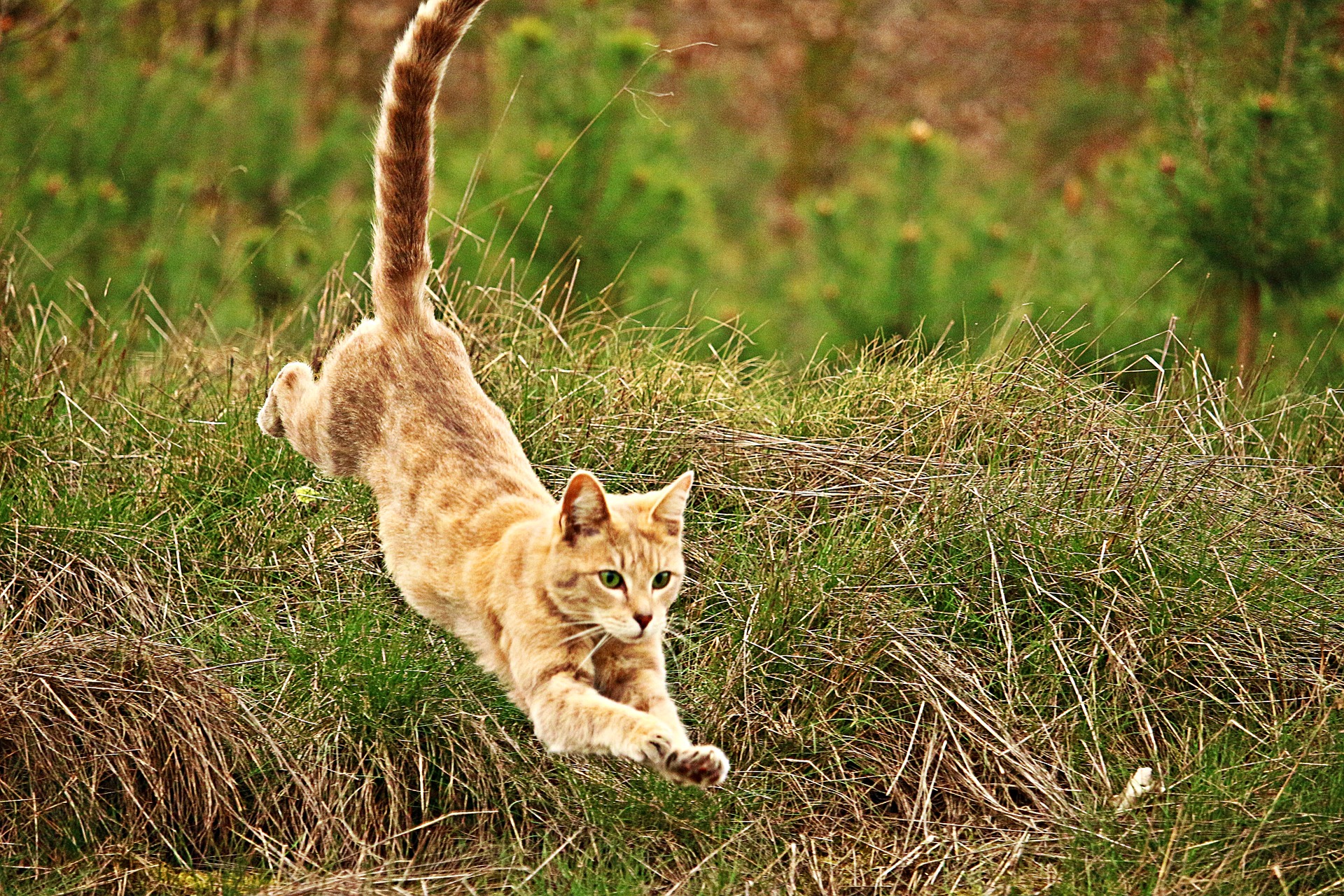
Fetch is more commonly associated with dogs, but who says dogs should have all the fun? Cats love to fetch things too as it gives them an excuse to use their natural hunting instincts and pouncing behaviors.
Whilst they will quite happily run and pounce on a toy that you throw for them, the trick is to teach them to return the toy which they’ve caught.
To teach a cat to fetch, you’ll need to use an object which is small and light enough for her to carry. You can encourage her to retrieve it by using small treats.
Some cats will pick this up quickly, and others might take a bit longer.
Brain Game for Cats Number 3: Hide and Seek
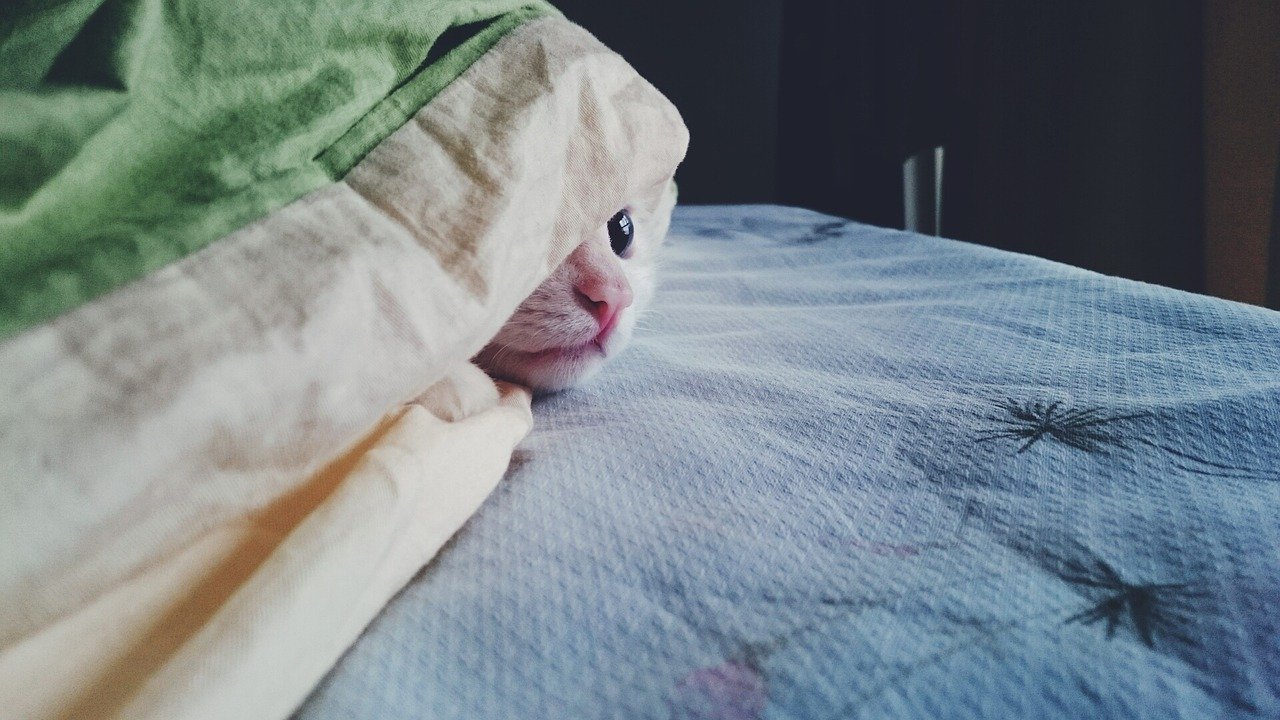
Your cat will love to play hide and seek with you just as much as children love this game. This game lends itself well to their natural hunting behaviors, and it will also increase their self-confidence and help to strengthen the bond between the two of you.
Cats love to hide; you’ll probably find them in strange places like the laundry basket, inside a box or in the wardrobe.
You can also switch this game around, and hide yourself for your cat to find, or even hide toys.
It’s important that when you play this game with your cat that you never jump out at them, and pay close attention to their body language throughout.
Stop the game if you notice they are treating you like potential prey, if their fur is bristling or their tail is moving jerkily.
Brain Game for Cats Number 4: Puzzle Play
There are hundreds of cat toys which have been specifically designed to encourage mental stimulation in the form of play.
From food puzzles, to removing toys from puzzles, there are plenty of different options available to suit every cat, and every budget.
You could also make your own puzzle with something as simple as a toilet roll. Glue each of the ends up, and cut a small hole just large enough for their treats to fall out of, in the center of the roll.
You can attach this to a string, or you can just let your cat roll it along the floor to get the toys out. You could also get creative with other ideas and make something much more durable and fancy!
Brain Game for Cats Number 5: Cat App
There are plenty of cat apps that are available to download for free on your mobile phone or tablet.
There are laser games that you can download which encourage pouncing and exercise, but your cat might find it frustrating that there isn’t anything to physically catch.
This is a problem with all virtual games so always try to finish off any app play with some physical play, perhaps with a feather wand or a toy mouse.
Aim to play these games for a minimum of ten minutes each day, and you will have a very happy cat!
About the Author:
John Woods is the senior editor at My Pet’s Name as well as a graduate in Animal Behavior & Welfare and member of the Association of Professional Dog Trainers. He has been a dog lover since he was 13 years old volunteering at an animal shelter where he gained first-hand experience training, rehabilitating and socializing hundreds of dogs using positive reinforcement training techniques.
Since then his work on dog behavior, body language, and training has been featured in hundreds of major press publications and magazines including Pet MD, Romper, Bark, Dog Time, Wag!, and The Continental Kennel Club, Inc.
Did you find this post useful? Pin it for later!
